HIV (human immunodeficiency virus) is a virus that attacks the body’s immune system. If left untreated, it can lead to AIDS (acquired immunodeficiency syndrome). Join Docosan to learn the basics of HIV and how to maintain your health and prevent its transmission by reading the article below.
Tóm tắt nội dung
- 1 Docosan provides HIV/Syphilis home test kit
- 2 What is HIV?
- 3 Symptoms of HIV in the early stages
- 4 HIV symptoms after the acute phase
- 5 HIV modes of transmission
- 6 Causes of HIV
- 7 What is AIDS?
- 8 Symptoms of AIDS
- 9 Causes of AIDS
- 10 The link between HIV and AIDS
- 11 HIV diagnostic methods
- 12 HIV treatments
- 13 How to prevent HIV?
- 14 Some common questions about HIV disease
Docosan provides HIV/Syphilis home test kit
If you suspect that you may have been exposed to HIV and you are hesitant to go to a clinic for testing, self-testing at home is a convenient option. Docosan HIV/Syphilis Rapid Test Kit provides you with everything you need and clear instructions for performing the test in the comfort of your own home.

With this test kit, you can quickly and easily detect both HIV and syphilis in just 15 minutes. Additionally, Docosan offers various services that make testing even more convenient. After receiving your results, you can schedule a free appointment with one of our specialists for advice and treatment instructions. We bring you the best-qualified health test and the most convenient service, ensuring that you and your loved ones stay healthy.
Please refer to the HIV/Syphilis Test Kit at Home
What is HIV?
HIV is a virus that damages the immune system by attacking and killing CD4 cells, which are a type of T cell known as immune cells. Over time, as the number of CD4 cells decreases due to HIV, the body becomes increasingly vulnerable to various diseases and cancers.
HIV is transmitted through bodily fluids, including blood, semen, vaginal and rectal secretions, and breast milk. It is important to note that the virus cannot be transmitted through air or water or through casual contact.
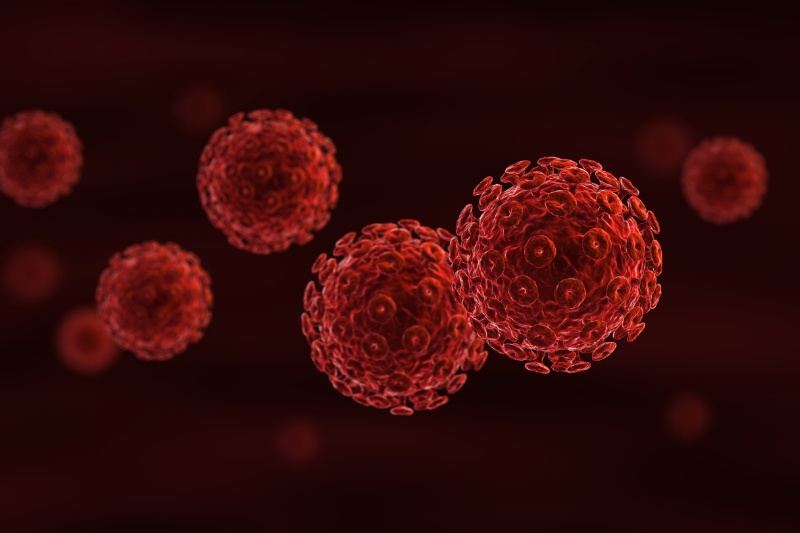
Since HIV integrates itself into the cell’s DNA, it is a lifelong condition and there is currently no cure. In the meantime, with proper medical care and antiretroviral therapy, it is possible to manage the virus and live a healthy life with HIV for many years.
If left untreated, an individual with HIV may develop Acquired Immune Deficiency Syndrome, or AIDS. At this stage, the immune system becomes severely weakened, leaving the body unable to defend itself against other diseases, infections, and conditions.
Without treatment, the life expectancy for a late-stage AIDS patient is approximately three years. However, with antiretroviral therapy, HIV can be well controlled, allowing for a life expectancy that is comparable to those without the virus.
Symptoms of HIV in the early stages
The early phase of HIV infection, which occurs in the first few weeks after being infected with the virus, is referred to as the acute phase. During this stage, the virus replicates rapidly, and the immune system responds by producing HIV antibodies, which are proteins designed to fight the infection.
Some individuals may not experience any symptoms during the acute phase, while others may have symptoms that last for about a month after contracting the virus, without realizing that the symptoms are caused by HIV. This is because the early symptoms of the acute phase can closely resemble those of the flu or other seasonal viruses. Common early symptoms of HIV may include:
- Fever
- Chills
- Swollen lymph nodes
- Body aches
- Skin rash
- Sore throat
- Headache
- Nausea
- Stomachache

It is worth noting that regardless of whether a person experiences symptoms, their viral load is extremely high during the acute phase, meaning that HIV can be easily transmitted to others.
After the initial symptoms resolve, the person enters the chronic or clinical latent phase of HIV, which can last for years or even decades with proper treatment. During this stage, the viral load is much lower.
It is important to remember that the symptoms of HIV can vary widely from person to person.
HIV symptoms after the acute phase
After about the first month, HIV enters the clinical latency. This phase can last from several years to several decades. Some people do not have any symptoms during this time, while others may have minimal or nonspecific symptoms. A nonspecific symptom is not related to a specific disease or condition.
These nonspecific symptoms may include:
- Headaches
- Swollen lymph nodes
- Recurrent fever
- Night sweats
- Tired
- Nausea
- Diarrhea
- Unexplained weight loss
- Dermatitis
- Recurrent oral or vaginal yeast infections
- Pneumonia

As with the early stages, HIV can still be transmitted during this time even if there are no symptoms and can be passed on to others.
However, a person will not know they have HIV unless they get tested. If you have these symptoms and think you may have been exposed to HIV, it is important to get tested.
HIV symptoms at this stage may come and go, or they may progress rapidly. This progression can essentially be slowed down with treatment. With regular use of antiretroviral therapy, chronic HIV can persist for decades and is likely to not develop into AIDS if patients start their treatment early.
HIV symptoms in men
Symptoms of HIV vary from person to person. These symptoms may come and go or get worse. If a person has been exposed to HIV, they may also have been exposed to other sexually transmitted infections (STDs) including:
- Venereal diseases
- Chlamydia disease
- Syphilis
- Trichomoniasis
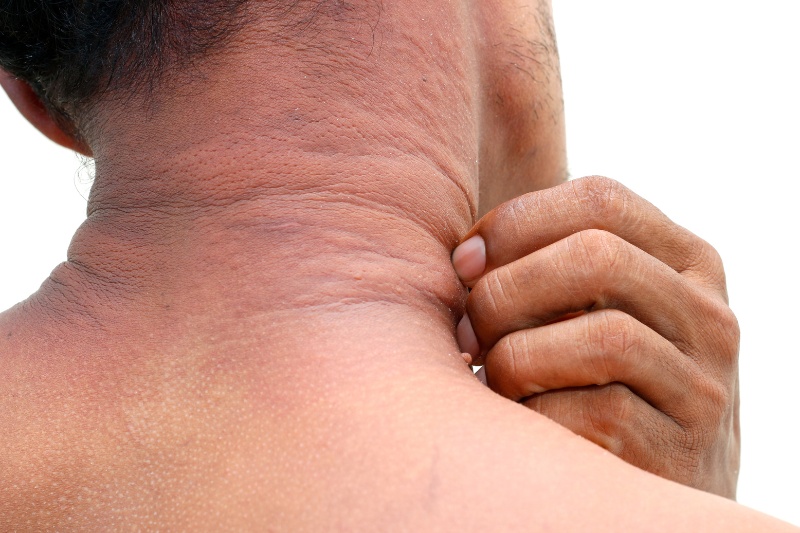
In men, the signs may be easier to recognize than in women, such as sores on the genitals.
HIV symptoms in women
Symptoms of HIV infection in women may include:
- Recurrent vaginal yeast infections
- Pelvic inflammatory disease (PID)
- Menstrual disorders
- Human papillomavirus (HPV), which can cause genital warts and lead to cervical cancer

In addition to the symptoms of HIV, women with the virus also face the risk of transmission to their babies during pregnancy. However, antiretroviral therapy (ART) is considered safe for use during pregnancy.
Breastfeeding can also pose a risk for women with HIV as the virus can be transmitted to the baby through breast milk. For this reason, it is recommended that HIV-positive women avoid breastfeeding and instead opt for formula feeding.”
HIV modes of transmission
Anyone can get HIV. This virus is transmitted through bodily fluids including:
- Blood
- Semen
- Vaginal secretions
- Rectal secretions
- Breast milk
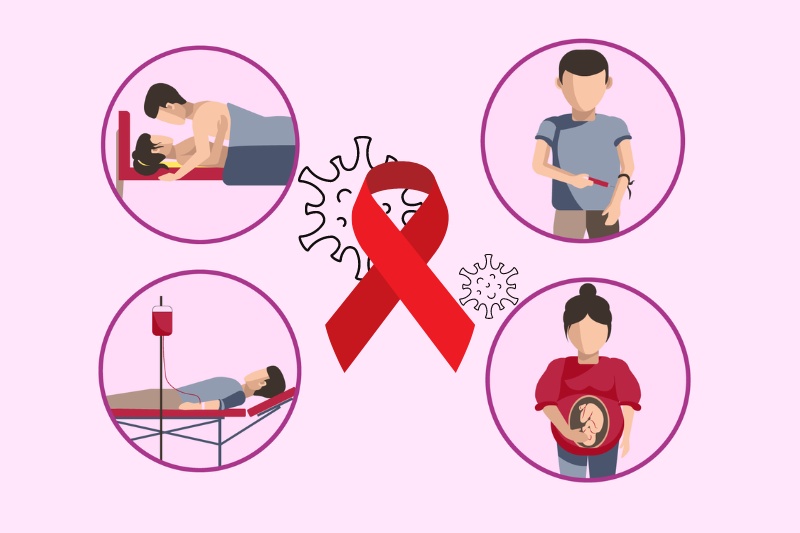
Some of the ways HIV can be transmitted from person to person include:
- Vaginal or anal sex (the most common route of transmission)
- Sharing needles or other equipment used for injecting drugs
- Sharing tattoo equipment without proper disinfection
- From a pregnant person to their baby during pregnancy, labor, or delivery, or through giving the baby solid foods that have been chewed by someone infected with HIV.
- Blood transfusions and tissue or organ transplants can also transmit the virus, but rigorous testing of donors helps to keep this risk low.
HIV transmission through oral sex is possible only if there is bleeding in the gums or open sores in the mouth. HIV can also be transmitted through bites from an infected person if there is blood in their saliva or open sores in their mouth. Additionally, contact with open wounds or mucous membranes that have been exposed to the blood of an HIV-positive person can also transmit the virus.
HIV cannot be transmitted through skin-to-skin contact, air, or water. It is also not spread through saliva, tears, or sweat unless HIV-infected blood is present. Sharing toilets, towels, or linens also does not transmit the virus. If someone with HIV is receiving treatment and has an undetectable viral load, they are highly unlikely to transmit the virus to others.
Causes of HIV
HIV is a variant of a virus that can be transmitted to African chimpanzees. Scientists suspect the simian immunodeficiency virus (SIV) jumped from chimpanzees to humans when people ate chimpanzee meat containing the virus.
When it entered the human body, the virus mutated into the disease we know today as HIV. This may have happened long ago in the 1920s. HIV spread from person to person across Africa for several decades. Eventually, the virus moved to other parts of the world. Scientists first discovered HIV in a human blood sample in 1959.
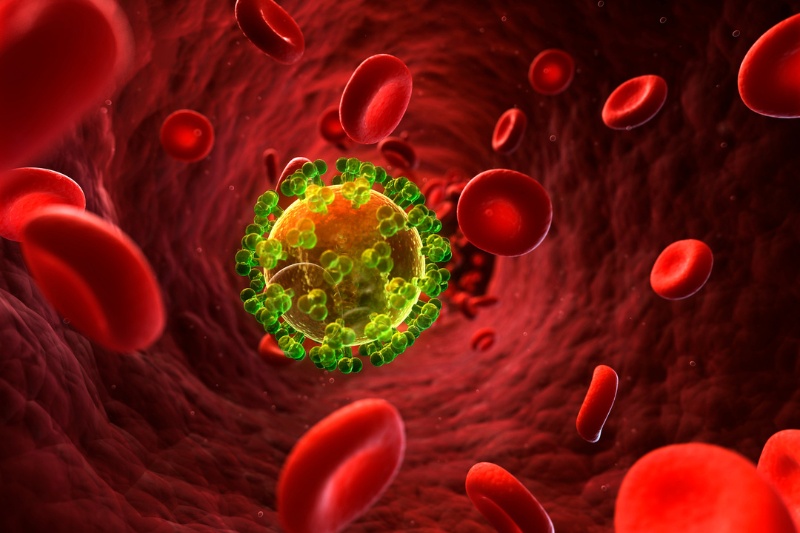
What is AIDS?
AIDS is a disease that can develop in people with HIV. This is the most advanced stage of HIV. However, just because a person has HIV does not mean AIDS will develop.
HIV kills CD4 cells. Healthy adults typically have a CD4 count of 500 to 1,600 per cubic millimeter. An HIV-infected person whose CD4 count falls below 200 per cubic millimeter will be diagnosed with AIDS.
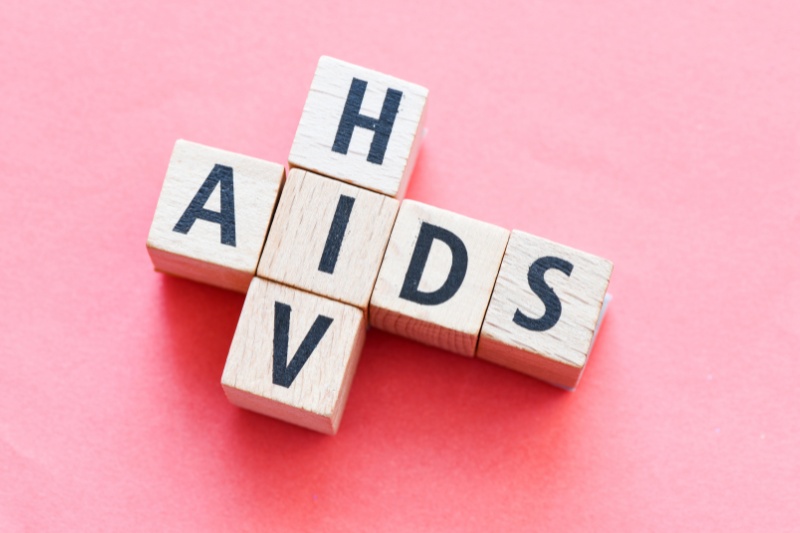
A person can also be diagnosed with AIDS if they have HIV and develop an infection or cancer that is rare in people without HIV. Infections such as Pneumocystis jiroveci pneumonia occur only in severely immunocompromised people, such as people with advanced HIV infection (AIDS).
If left untreated, HIV can progress to AIDS. There is currently no cure for AIDS, and without treatment, life expectancy after diagnosis is about 3 years. This time may be shorter if the person becomes seriously ill. However, treatment with antiretroviral drugs can prevent AIDS from developing.
If AIDS develops, it means the immune system is severely damaged and weakened to the point where it can no longer respond successfully to most diseases and infections.
That makes people living with AIDS more susceptible to a variety of illnesses, including:
- Pneumonia
- Tuberculosis
- Thrush: A fungal condition in the mouth or throat
- Cytomegalovirus (CMV): A herpes virus
- Cryptococcal meningitis: A fungal condition in the brain
- Toxoplasmosis: A brain condition caused by a parasite
- Cryptosporidiosis: A condition caused by intestinal parasites
- Cancer: Including Kaposi’s sarcoma (KS) and lymphoma
The shortened life expectancy associated with untreated AIDS is not a direct result of the syndrome. It is rather the result of diseases and complications arising from a weakened immune system due to AIDS.
Symptoms of AIDS
AIDS is acquired immunodeficiency syndrome. With this condition, the immune system is weakened by years of untreated HIV infection. If HIV is detected and treated early with antiretroviral therapy, it is unlikely that the disease will develop into AIDS.
People with HIV can develop AIDS if their condition is diagnosed late or if they know they have HIV but do not regularly receive antiretroviral treatment. They can also develop AIDS if infected with an HIV type that is resistant to antiretroviral therapy.
Without appropriate and consistent treatment, people with HIV can develop AIDS earlier. At that point, the immune system is pretty much compromised and it is harder to produce a response to infection and disease. With the use of antiretroviral therapy, a person can maintain a diagnosis of chronic HIV without developing AIDS for decades.

Symptoms of AIDS may include:
- Recurrent fever
- Chronically swollen lymph glands, especially in the armpits, neck, and groin
- Chronic fatigue
- Night sweats
- Dark spots under the skin or inside the mouth, nose, or eyelids
- Sores, spots or lesions on the mouth and tongue, genitals, or anus
- Bumps, lesions, or rashes on the skin
- Recurrent or chronic diarrhea
- Rapid weight loss
- Nervous problems such as difficulty concentrating, memory loss and confusion
- Anxiety and depression
Antiretroviral therapy and virus control will prevent the progression of AIDS. Other infections and complications of AIDS can also be treated.
Causes of AIDS
AIDS is caused by HIV. A person cannot have AIDS if they do not have HIV.
Healthy people have CD4 counts between 500 and 1,500 per cubic millimeter. If left untreated, HIV continues to multiply and destroy CD4 cells. If a person’s CD4 count drops below 200, they have AIDS.

Also, if someone with HIV develops an HIV-related infection, they can still be diagnosed with AIDS, even if their CD4 count is over 200.
The link between HIV and AIDS
To develop AIDS, a person must have HIV. But being infected with HIV does not mean you will develop AIDS.
HIV infections progress through three stages:
- Stage 1: Acute phase, first few weeks after transmission
- Stage 2: Clinical latency or chronic stage
- Stage 3: AIDS
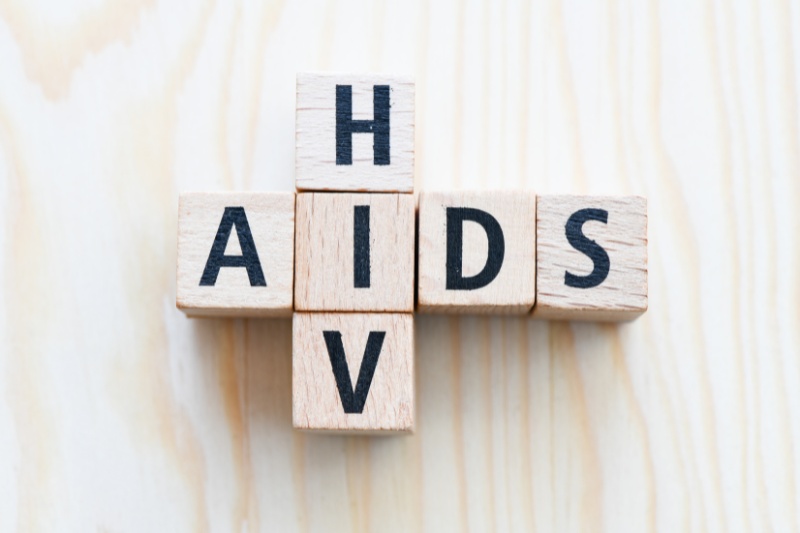
When HIV reduces the number of CD4 cells, the immune system weakens. How quickly an HIV case progresses through the chronic phase varies considerably from person to person. If left untreated, the disease can last for up to a decade before turning into AIDS. With good treatment, the condition can last indefinitely.
There is currently no cure for HIV, but it can be controlled. People with HIV usually have a near-normal life expectancy if treated early with antiretroviral therapy. Therefore, technically, there is no cure for AIDS. However, treatment can increase a person’s CD4 count to the point where they are considered AIDS-free.
HIV and AIDS are related, but they are not the same.
HIV diagnostic methods
There are quite a few methods used to diagnose HIV. Medical professionals will determine which test is best for each person’s condition.
Antibody/antigen test (combination test)
The antibody/antigen test is the most commonly used test. They can show results 18-45 days after a person is initially infected with HIV.
These tests check the blood for antibodies and antigens. An antibody is a protein the body makes in response to an infection. Antigen, on the other hand, is part of the virus that activates the immune system.
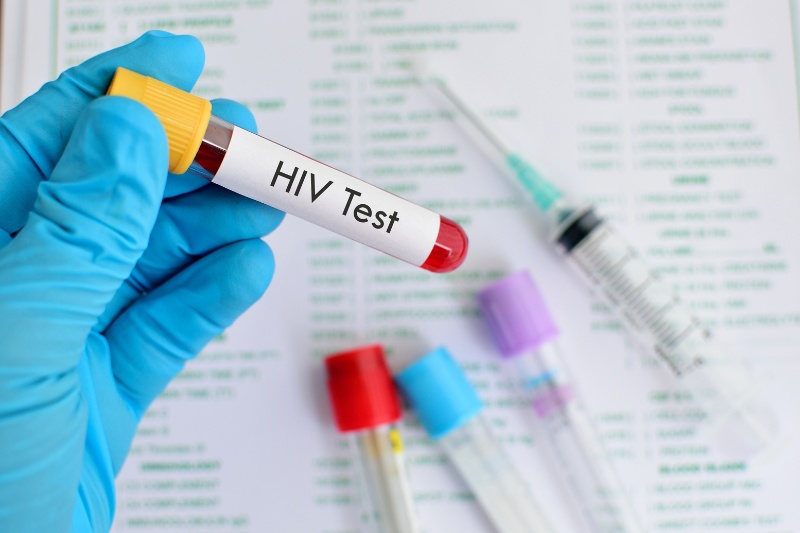
Antibody test
These tests only check the blood for antibodies. Once infected, most people will develop detectable HIV antibodies, which can be found in blood or saliva.
These tests are done with a blood test or an oral swab and do not require any preparation. Some tests provide results in 30 minutes or less and can be done in a clinic or a hospital.
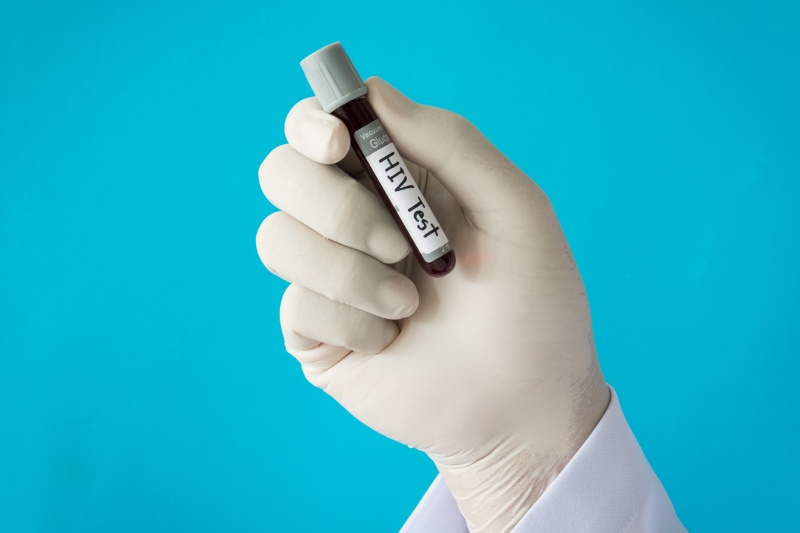
If you suspect you may have been exposed to HIV but your home test is negative, you should repeat the test after 3 months. If there is a positive result, immediately go to medical facilities for an accurate examination.
Nucleic Acid Test (NAT)
This test method is not usually used for general screening. It is for people who have early symptoms of HIV or have a known risk factor. This test does not look for antibodies, it looks for the virus itself.
It takes 5 to 21 days for HIV to be detected in the blood. This test is often accompanied by or confirmed by an antibody test.
HIV treatments
The mainstay of treatment for HIV is antiretroviral therapy, a combination of daily medicines to stop the virus from reproducing. This helps protect the CD4 cells, keeping the immune system strong enough to fight off disease.
Antiretroviral therapy helps keep HIV from progressing to AIDS. It also helps reduce the risk of transmitting HIV to others. When treatment is effective, the viral load becomes “undetectable”. The person still has HIV, but the virus is not found in the test results. However, the virus remains in the body. And if ART is stopped, the viral load will increase again, and HIV can start attacking the CD4 cells again.
HIV medicine
There are currently several antiretroviral drugs approved to treat HIV. They work to stop HIV from reproducing and destroy CD4 cells, helping the immune system to create a response to infection.

This helps reduce the risk of developing HIV-related complications, as well as passing the virus on to others. These antiviral drugs are grouped into six groups:
- Nucleoside reverse transcriptase inhibitors (NRTIs)
- Non-nucleoside reverse transcriptase inhibitors (NNRTIs)
- Protease Inhibitors
- CCR5 antagonists (also known as entry inhibitors)
- Integrated fiber transfer inhibitor
How to prevent HIV?
There is currently no vaccine to prevent HIV transmission. However, taking preventive measures can help prevent HIV transmission.
The most common way of transmitting HIV is through anal or vaginal sex without using a condom or other methods of protection. This risk cannot be completely eliminated unless sex is avoided, but the risk can be significantly reduced by taking some precautions.

If you are concerned about your risk of HIV infection, you should:
- Test HIV
- Test for other sexually transmitted infections (STIs)
- Use condom
- Avoid sharing needles or other items
- Use post-exposure prophylaxis (PEP)
- Use pre-exposure prophylaxis (PrEP)
Some common questions about HIV disease
Is the rash a symptom of HIV?
Many people with HIV experience changes in their skin. A rash is often one of the first symptoms of HIV infection. Generally, the HIV rash appears as many small, red, flat, raised lesions.
Is there an HIV vaccine?
Currently, there is no vaccine to prevent or treat HIV. Research and testing of an experimental vaccine are underway, but no vaccine is close to being approved for general use.

Can oral sex get HIV?
Theoretically, HIV transmission could occur if an HIV-positive man ejaculates into his partner’s mouth during oral sex. However, the risk is still very low and much lower than with anal or vaginal sex.

Factors that may increase the risk of HIV transmission through oral sex are mouth ulcers, bleeding gums, genital sores, and the presence of other sexually transmitted diseases (STDs). STDs), which may or may not be seen.
In addition, please refer to the HIV testing service at docosan
The article is consulted by doctors and reliable domestic and foreign sources.











